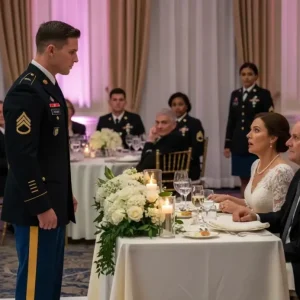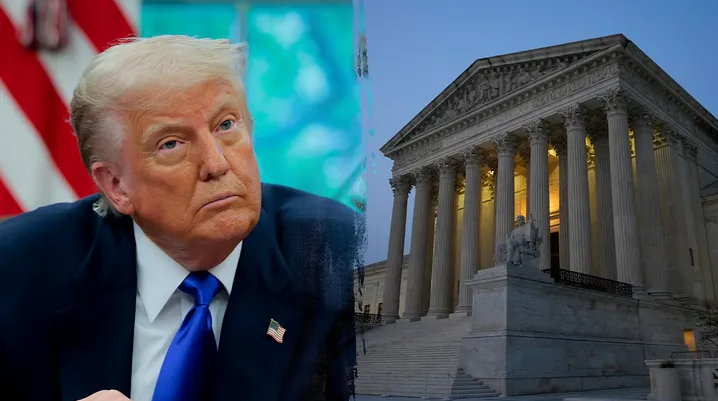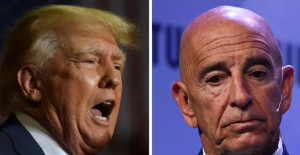In a move that has stirred significant attention across the political spectrum, the U.S. Supreme Court has declined to review several high-profile cases involving state-level voting restrictions and gun regulations. By choosing not to take up these appeals, the Court has effectively allowed lower court decisions to stand—decisions that uphold controversial state laws on both voter access and firearm control.
These decisions underscore the ongoing tension between state and federal authority and signal the Court’s current stance on contentious issues that could influence the 2024 election landscape and the ongoing debate over gun rights in America.
Voting Laws Under Scrutiny
One of the key cases involved an appeal aimed at reviving two state-level voting laws that had previously been invalidated by a state supreme court. These laws sought to restrict same-day voter registration and limit ballot collection on Election Day—measures that supporters argue are essential for election integrity, while critics claim they disproportionately suppress voter turnout, particularly among marginalized communities.
The state legislature behind the appeal argued that the state supreme court had overreached in striking down the laws, asserting that it had intruded upon the legislature’s constitutional authority under the Elections Clause of the U.S. Constitution. This clause grants state legislatures the power to determine the “times, places and manner” of federal elections, subject to oversight by Congress. However, the clause has been at the center of ongoing debate regarding the role of state courts in interpreting and potentially overturning legislative decisions.
By denying the petition for review, the Supreme Court effectively signaled that it does not, at least for now, intend to provide further clarity on the scope of state judicial authority under the Elections Clause. In June 2023, the Court did rule in Moore v. Harper that state courts do have a role in overseeing election laws, but it stopped short of defining the limits of that authority. Critics of the Court’s current inaction argue that this lack of clarity may invite future legal confusion and uneven interpretations across different jurisdictions.
The Legal Debate Over Judicial Review
The Supreme Court’s decision not to intervene leaves in place the precedent that state courts can interpret and invalidate election laws if found in violation of state constitutions. However, the precise balance between legislative power and judicial oversight remains unresolved.
Proponents of judicial review argue that courts must have the authority to act as a check on legislative overreach, particularly in matters that directly impact citizens’ voting rights. Opponents, particularly among some conservative legal scholars, contend that state courts have become too activist and are undermining the authority of elected legislatures.
This debate is not purely academic; it has practical consequences for voters in states where partisan tensions over election security and access continue to play out. Without guidance from the nation’s highest court, it is likely that disputes over state voting laws will continue to wind through lower courts with varying outcomes, setting the stage for continued legal uncertainty ahead of the next presidential election.
Gun Regulations Also Left Intact
In addition to the voting law appeals, the Supreme Court also declined to hear two important cases involving state firearm regulations. These included a challenge to a state’s ban on certain semi-automatic rifles and high-capacity magazines, as well as a lawsuit contesting a licensing requirement for handgun purchases.
Both laws were upheld by lower courts, which pointed to longstanding legal precedent and the government’s responsibility to promote public safety. Supporters of the laws argue that such regulations are essential in addressing the rising tide of gun violence and mass shootings in the United States. Opponents, however, view these restrictions as unconstitutional infringements on the Second Amendment right to bear arms.
The Court’s refusal to hear the appeals leaves these laws in place, at least for now, and suggests a more cautious approach by the current bench in expanding or revisiting Second Amendment doctrine. This stands in contrast to the Court’s 2022 ruling in New York State Rifle & Pistol Association v. Bruen, which struck down a century-old New York law requiring individuals to show “proper cause” to carry concealed handguns in public. That decision was seen as a landmark expansion of gun rights, but the current rejection of these two new cases indicates that the justices may be waiting for more suitable cases to address the limits of firearm regulation under the Constitution.
Public Reaction and Political Implications
Reactions to the Court’s decisions have predictably fallen along partisan lines. Progressive advocacy groups praised the decisions not to take up the election law appeals, arguing that voter suppression efforts must be held in check by the courts. They also welcomed the Court’s silence on gun control cases, interpreting it as an implicit endorsement of state efforts to curb gun violence.
Conversely, conservative organizations expressed disappointment, accusing the Court of avoiding important constitutional questions. Some legal experts warned that by declining to weigh in, the Supreme Court missed an opportunity to bring uniformity and clarity to both voting and firearm law disputes.
Politically, these decisions carry significant implications for upcoming elections. Laws that restrict voter registration and ballot collection have become flashpoints in battleground states, where small changes in voter turnout could tip election results. Likewise, gun regulations remain a deeply divisive issue among the American electorate, often mobilizing passionate responses from both pro-gun and gun control constituencies.
Looking Ahead
While the Supreme Court’s recent decisions do not establish new legal precedent, they leave open key questions about the balance of power between states and the federal government, the role of the judiciary in safeguarding democratic processes, and the permissible scope of gun control measures.
Legal scholars anticipate that future challenges will again bring these issues before the high court. For now, however, the Court has chosen a path of restraint, allowing lower courts and state legislatures to set the tone on two of the nation’s most hotly contested policy areas.
In an era where election integrity and gun violence are central concerns for millions of Americans, the Supreme Court’s silence may speak as loudly as any ruling. Whether this reflects a strategic pause or a broader judicial philosophy of limited intervention remains to be seen—but the legal and political battles on these fronts are far from over.









